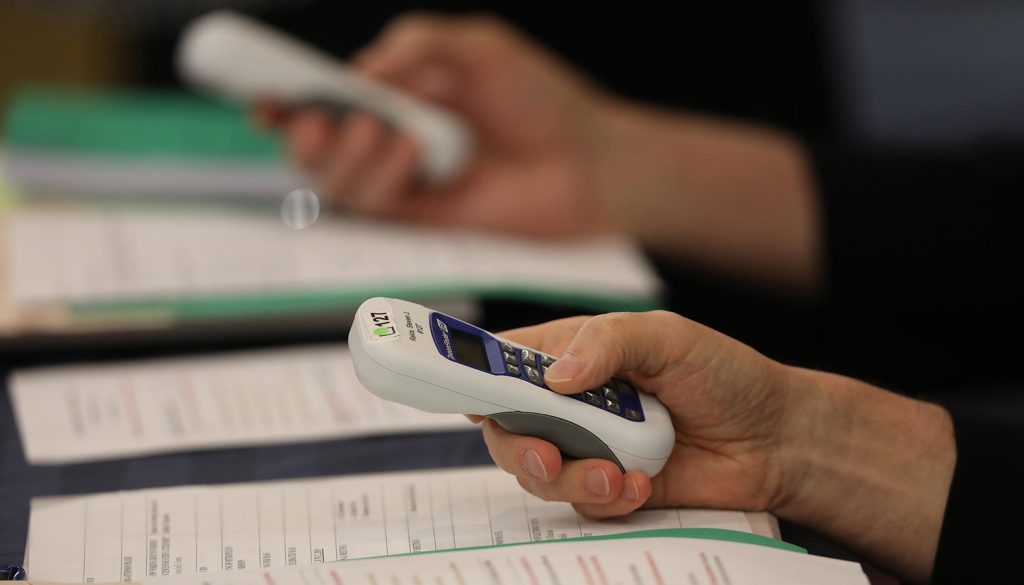The U.S. bishops are scheduled to elect the next president and vice president of the U.S. Conference of Catholic Bishops at their upcoming fall general assembly taking place Nov. 11-13 in Baltimore.
Each office is elected from a slate of 10 candidates who have been nominated by their fellow bishops. Released Oct. 9 by the USCCB, the slate of candidates for president and vice president is as follows:
-- Archbishop Timothy P. Broglio of the U.S. Archdiocese of the Military Services.
-- Bishop Frank J. Caggiano of Bridgeport, Connecticut.
-- Archbishop Paul S. Coakley of Oklahoma City.
-- Archbishop Salvatore J. Cordileone of San Francisco.
-- Bishop Daniel E. Flores of Brownsville, Texas.
-- Archbishop Jose H. Gomez of Los Angeles.
-- Archbishop Jerome E. Listecki of Milwaukee.
-- Bishop Thomas J. Paprocki of Springfield in Illinois.
-- Bishop Kevin C. Rhoades of Fort Wayne-South Bend, Indiana.
-- Archbishop Allen H. Vigneron of Detroit.
The president and vice president are elected to three-year terms, which begin at the conclusion of the fall assembly. The current president, Cardinal Daniel N. DiNardo of Galveston-Houston, and the current vice president, Archbishop Gomez, will complete their terms at this meeting.
USCCB bylaws provide that the first election is that of president by a simple majority vote of members present and voting. In a special exception to this bylaw approved by the bishops at their June assembly, 17 bishops in Rome for their ad limina visits from the New York region will be allowed to participate remotely in the election as well.
Following the election of the president, the vice president is elected from the remaining nine candidates. In either election, if a candidate does not receive more than half of the votes cast on the first ballot, a second vote is taken. If a third round of voting is necessary, that ballot is a run-off between the two bishops who received the most votes on the second ballot.
During the meeting, the bishops also will vote for new chairmen of six committees: Committee on Canonical Affairs and Church Governance; Committee on Ecumenical and Interreligious Affairs; Committee on Evangelization and Catechesis; Committee on International Justice and Peace; Committee on the Protection of Children and Young People; and the Committee for Religious Liberty.

